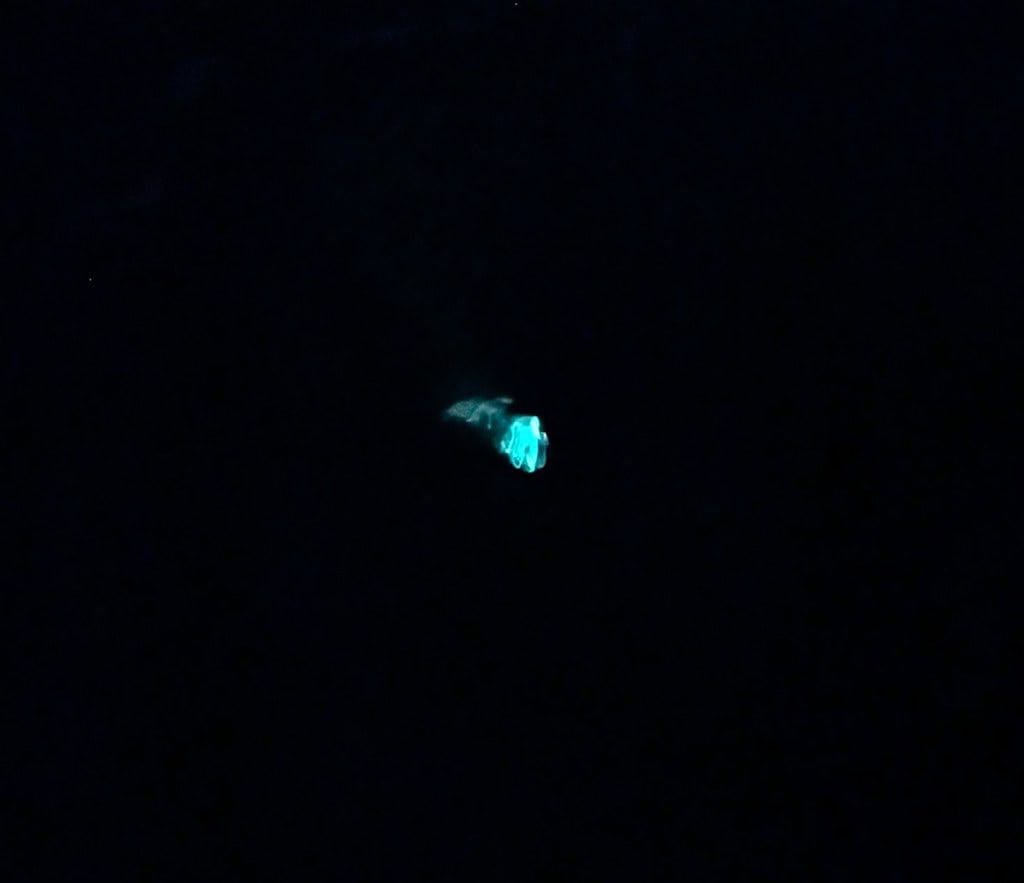In the shallow coastal waters surrounding Bermuda, a remarkable natural phenomenon unfolds with clockwork precision. Three nights after the full moon, typically 55 minutes after sunset, the ocean begins to sparkle with an ethereal blue-green light. This mesmerizing display isn’t the work of magic or supernatural forces, but rather the mating ritual of the Bermuda fireworm (Odontosyllis enopla). These small marine creatures, measuring just 1-2 centimeters in length, transform the dark waters into a bioluminescent spectacle that has captivated scientists and observers for centuries. First documented by naturalist Christopher Flint in 1492, these remarkable annelids represent one of the most precisely timed biological events known to science, with their luminous displays occurring within a predictable 15-minute window during specific lunar phases throughout summer and autumn months.
Taxonomy and Classification
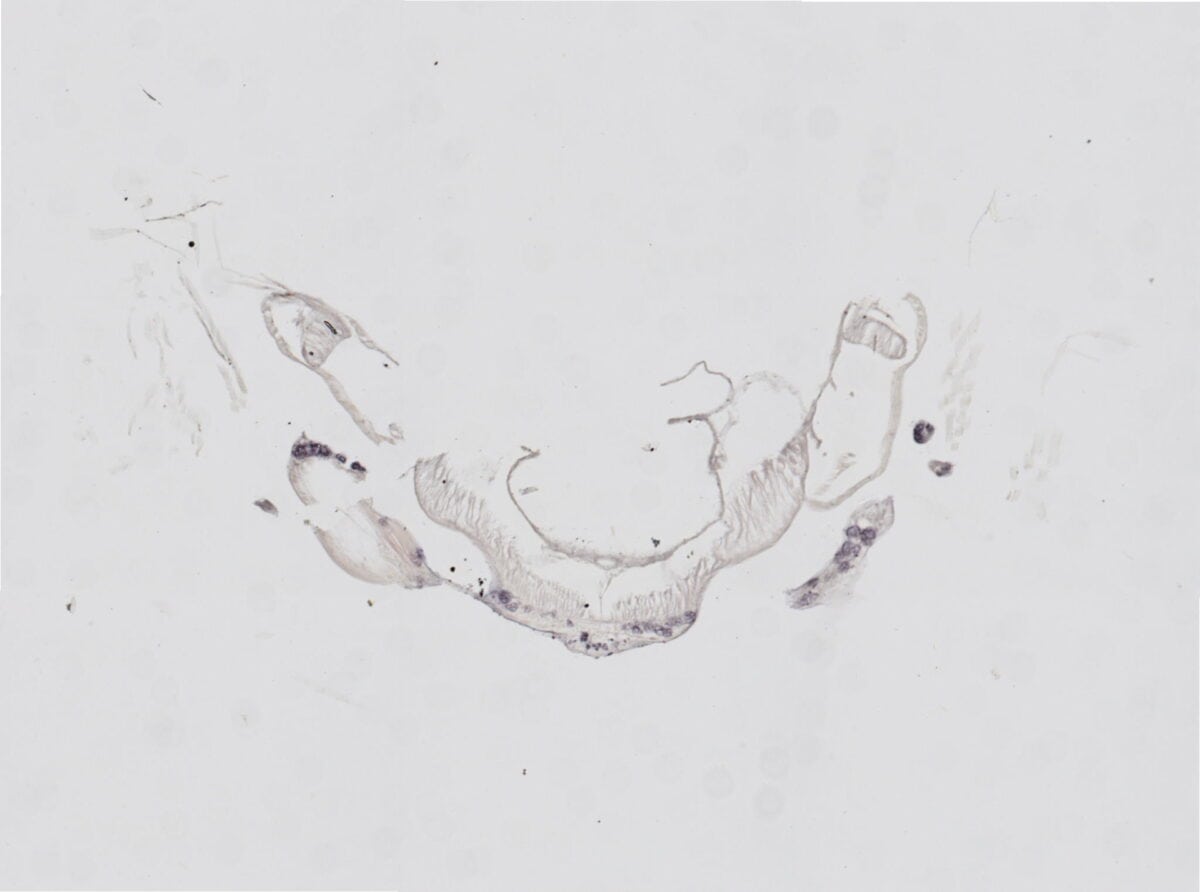
The Bermuda fireworm, scientifically known as Odontosyllis enopla, belongs to the phylum Annelida, which includes various segmented worms such as earthworms and leeches. More specifically, it’s classified within the family Syllidae, a diverse group of polychaete worms primarily found in marine environments. While there are approximately 700 species within the Syllidae family, only about 80 species are known to produce bioluminescence. The genus Odontosyllis contains several bioluminescent species, but O. enopla is particularly renowned for its spectacular light displays and precise reproductive timing. This taxonomic positioning places the Bermuda fireworm among the most well-studied marine bioluminescent organisms, offering scientists valuable insights into the evolution of light-producing mechanisms in marine invertebrates.
Physical Characteristics
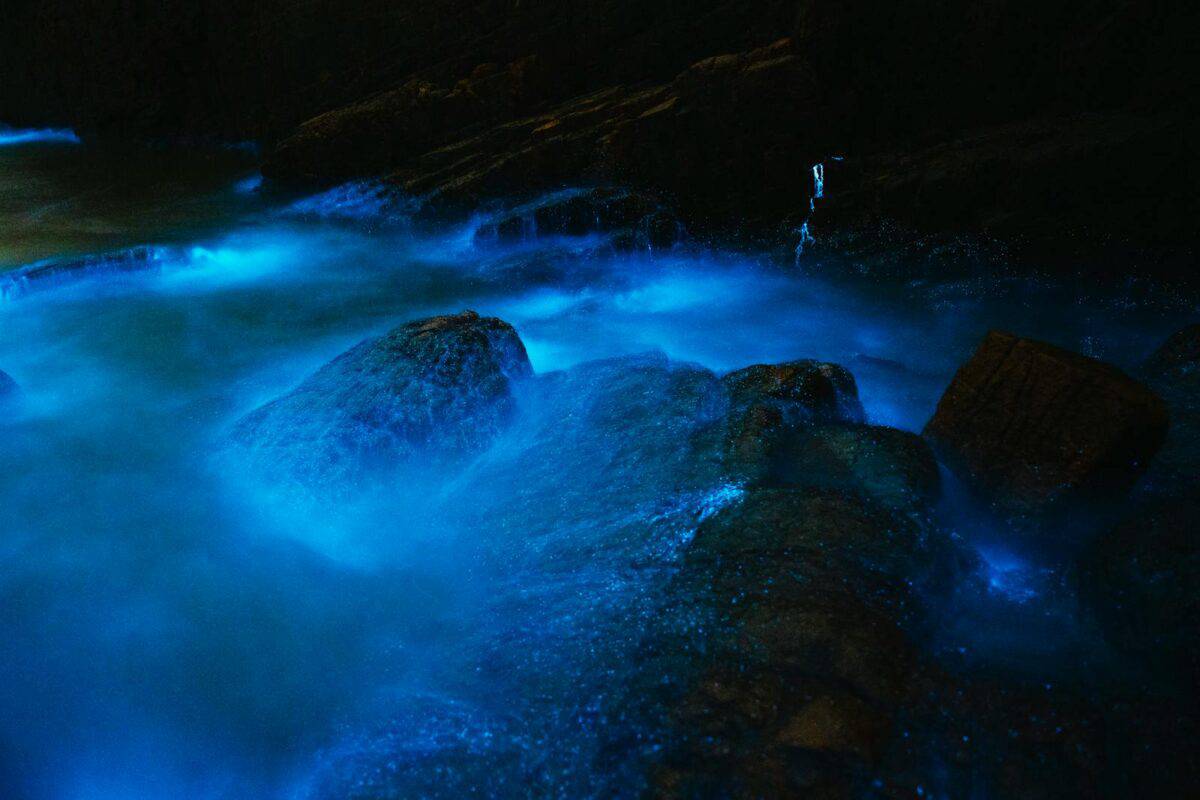
During non-reproductive periods, Bermuda fireworms appear rather unremarkable. They have elongated, segmented bodies with a reddish-brown coloration that helps them blend into their benthic habitat. Their bodies are divided into numerous segments, each bearing small paddle-like appendages called parapodia that aid in movement through water and sediment. However, during reproduction, the worms undergo dramatic physical transformations. Females swell significantly as their bodies fill with eggs, developing specialized light-producing photocytes in their posterior segments. Males remain smaller but develop modified reproductive structures. Both sexes possess specialized light-emitting organs containing the biochemicals luciferin and luciferase, which are responsible for their bioluminescent capabilities. When actively glowing, these organs emit a bright blue-green light with a wavelength of approximately 510 nanometers—a highly visible spectrum in marine environments.
Habitat and Distribution
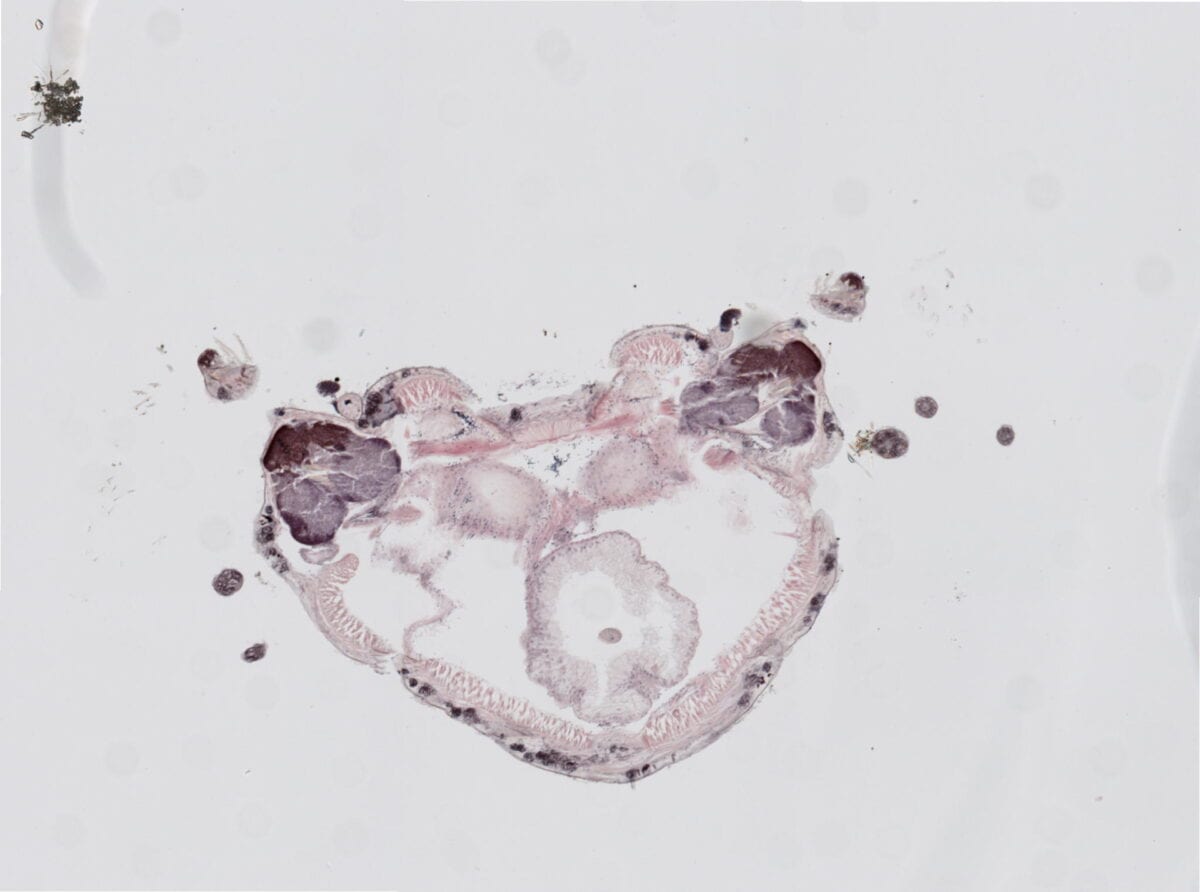
While named for their spectacular displays in Bermudian waters, Odontosyllis enopla has a distribution that extends throughout the Caribbean Sea and parts of the western Atlantic Ocean. These worms typically inhabit shallow marine environments, particularly around coral reefs, seagrass beds, and sandy substrates in depths ranging from 1 to 15 meters. During non-reproductive periods, they live relatively cryptic lives, burrowing into sediment or hiding among coral crevices and marine vegetation. They prefer warm tropical and subtropical waters with temperatures between 23-30°C (73-86°F) and are particularly abundant in protected bays and inlets where currents are minimal. This habitat preference also correlates with their mating strategy, as calm waters provide optimal conditions for their synchronized luminous displays and reproductive success.
The Bioluminescent Mechanism
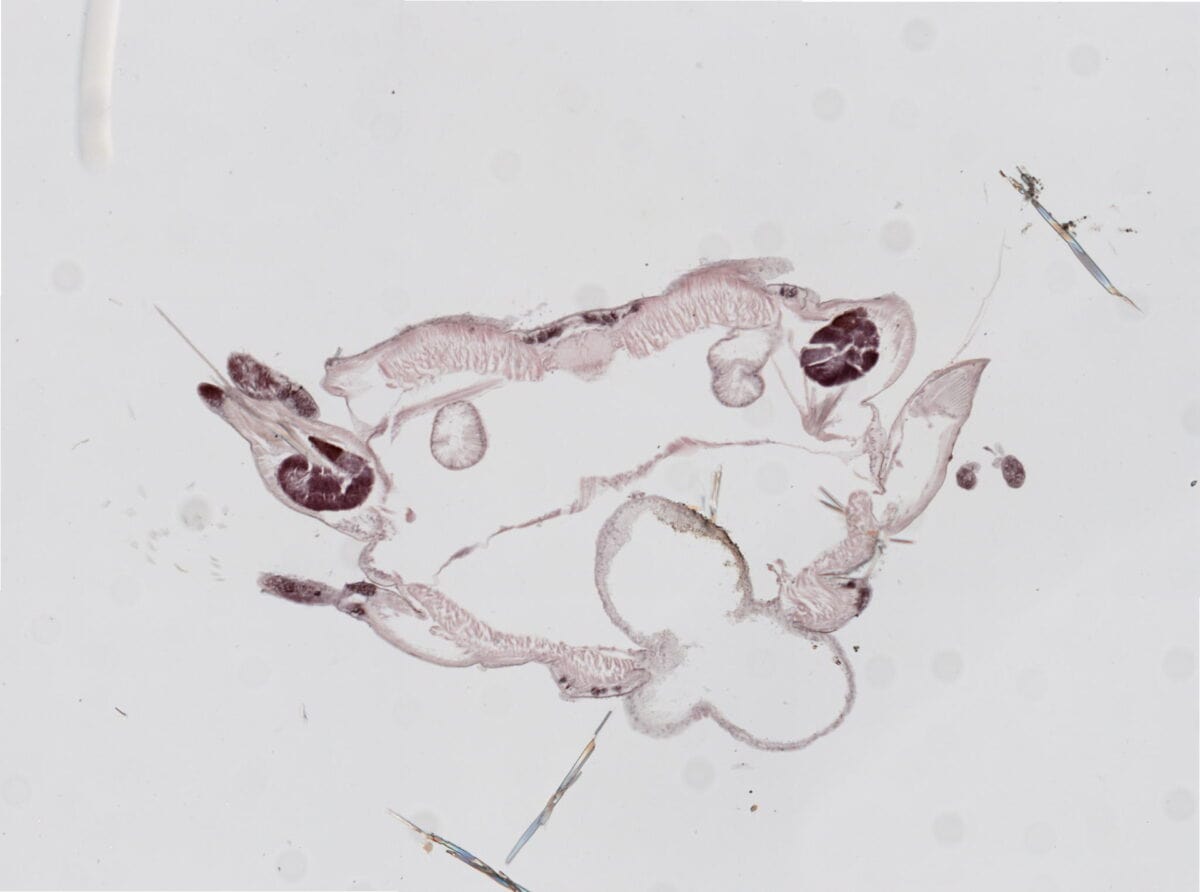
The captivating glow of the Bermuda fireworm results from a sophisticated biochemical process. At the molecular level, the light is produced through the oxidation of a compound called luciferin, catalyzed by the enzyme luciferase—a reaction that converts chemical energy directly into light energy with minimal heat production. This cold-light phenomenon is remarkably efficient, with nearly 98% of the energy converted to light rather than heat. In O. enopla, the bioluminescent reaction is controlled by a complex interplay of hormones and neural signals triggered by environmental cues such as light levels and lunar cycles. Electron microscopy studies have revealed that the light-producing cells (photocytes) are concentrated in the posterior segments of the worm and contain numerous specialized organelles filled with bioluminescent compounds. These photocytes can produce rapid pulses of light, with each female capable of generating multiple luminous displays during a single reproductive event, creating the characteristic “flashing” pattern observed during mating swarms.
Lunar-Synchronized Mating Ritual

Perhaps the most fascinating aspect of the Bermuda fireworm is its precisely timed mating ritual, which occurs with remarkable consistency tied to lunar cycles. The reproductive swarms begin approximately 55 minutes after sunset on the third night after a full moon and last for about 15-20 minutes. This pattern repeats monthly from summer through early autumn. During these events, female worms swim up from the seafloor in spiral patterns while emitting bright blue-green pulses of light. Males, attracted by this luminous display, swim rapidly toward glowing females, themselves emitting shorter, less intense flashes. This synchronization ensures that all reproductive individuals in a population mate simultaneously, maximizing reproductive success. Research has demonstrated that the worms possess an internal biological clock regulated by a complex interaction between circadian rhythms and lunar cues, allowing them to anticipate the precise timing for reproduction even in laboratory conditions without visual access to the moon.
Historical Observations and Cultural Significance

The luminous displays of the Bermuda fireworm have been documented in historical records for centuries. Christopher Columbus reportedly noted their presence during his voyages to the New World, describing mysterious lights in the water that some of his more superstitious sailors interpreted as supernatural omens. In Bermudian folklore, these glowing marine displays were sometimes known as the “sea sparkles” or “marine fireflies,” believed by some early settlers to mark underwater treasure or serve as navigational warnings. The phenomenon has since become embedded in local culture, with “glow worm cruises” becoming popular tourist attractions in modern Bermuda. The predictable nature of the mating display also made it useful for traditional fishermen as a reliable natural calendar. In scientific history, the fireworm played a significant role in early bioluminescence research, with detailed studies beginning in the early 20th century that helped establish fundamental principles of biological light production.
Scientific Research and Discoveries

Scientific interest in the Bermuda fireworm has intensified in recent decades, yielding remarkable discoveries across multiple disciplines. In 2019, researchers identified a novel group of luciferins in O. enopla that differ significantly from those found in other bioluminescent marine organisms. This discovery suggests independent evolutionary pathways for bioluminescence in different lineages. Neurobiologists have studied the worm’s precise timing mechanisms, revealing sophisticated neural networks that integrate environmental cues with internal biological clocks. Ecological studies have documented how these reproductive events contribute to marine food webs, with the predictable swarms attracting various predators. Most recently, biochemists have investigated potential applications of the fireworm’s bioluminescent compounds in medical imaging, biosensors, and cancer research. The worm’s luciferase enzyme has shown promise for developing highly sensitive detection systems for specific cellular processes, demonstrating how natural phenomena can inspire biomedical innovations.
Ecological Importance

Beyond their spectacular light shows, Bermuda fireworms play several important ecological roles in their marine habitats. As deposit and filter feeders, they help process organic material in sediments, contributing to nutrient cycling in coastal ecosystems. Their mass spawning events represent significant pulses of nutrients, with their gametes providing food for various planktivorous organisms. The predictable nature of their reproduction supports complex food webs, with several fish species timing their feeding patterns to coincide with fireworm spawning. Additionally, larval fireworms serve as prey for numerous marine organisms. In some locations, fireworm population density can reach several hundred individuals per square meter, suggesting they may play a substantial role in benthic community dynamics. Recent studies have also begun investigating how these worms might serve as bioindicators for marine ecosystem health, as their reproductive success appears sensitive to water quality parameters and light pollution.
Threats and Conservation Status
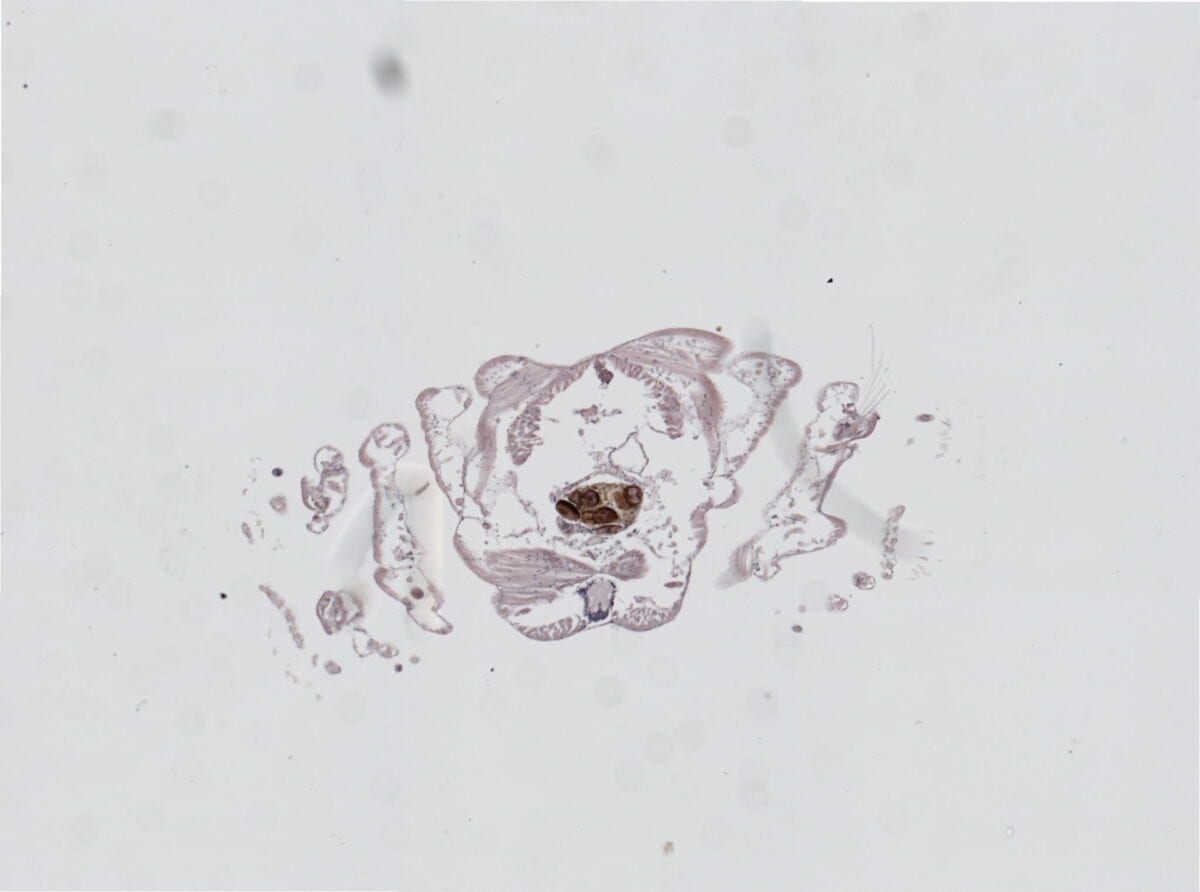
Despite their fascinating biology, Bermuda fireworms face several anthropogenic threats. Coastal development has degraded many of their preferred habitats through sedimentation and pollution. Light pollution from coastal communities and marine vessels can disrupt their precisely timed mating rituals by interfering with the worms’ ability to detect natural light cues. Ocean acidification and increasing water temperatures associated with climate change may potentially affect their reproductive physiology and larval development. While O. enopla has not yet been formally assessed for conservation status by the IUCN Red List, localized population declines have been reported in heavily developed areas. Conservation efforts have begun in some regions, including the establishment of marine protected areas encompassing known fireworm breeding grounds and local ordinances limiting artificial lighting during peak spawning periods. Continued monitoring and research are essential to understand population trends and develop effective conservation strategies for these remarkable marine creatures.
Similar Bioluminescent Marine Phenomena

The Bermuda fireworm’s luminous display represents just one example of bioluminescent mating rituals in marine environments. Similar phenomena occur in other parts of the world, often involving different organisms with convergent evolutionary strategies. In the Caribbean, a related species, Odontosyllis phosphorea, performs comparable light displays but with different timing patterns. In coastal Japan, the “sea firefly” (Vargula hilgendorfii) creates spectacular blue bioluminescent displays through synchronized mating swarms. Perhaps most famous are the various dinoflagellate species that create “bioluminescent bays” in Puerto Rico, Jamaica, and Vietnam, where disturbances in the water trigger millions of these single-celled organisms to emit light simultaneously. While these phenomena share the basic principle of light production for reproduction or defense, they evolved independently and utilize different biochemical pathways, highlighting the remarkable convergent evolution of bioluminescence across diverse marine taxa.
Observing the Fireworm Display

For those hoping to witness the mesmerizing display of Bermuda fireworms firsthand, timing and preparation are essential. The best viewing opportunities occur during summer and early autumn months (June through October), specifically on the third night after a full moon. The display begins approximately 55 minutes after sunset and typically lasts only 15-20 minutes. Ideal observation locations include sheltered bays and inlets around Bermuda with minimal artificial lighting, such as Ferry Reach, Flatt’s Inlet, and Mangrove Bay. Several local tour operators offer specialized “glow worm cruises” timed to coincide with the spawning events. When observing, visitors should minimize lights and disturbances that might interfere with the natural phenomenon. Patience and stillness are rewarded as the water gradually illuminates with pulsing blue-green lights. Underwater viewing with snorkel gear provides an especially immersive experience, though observers should maintain a respectful distance to avoid disrupting the mating ritual.
Conclusion: Nature’s Timekeepers of the Deep
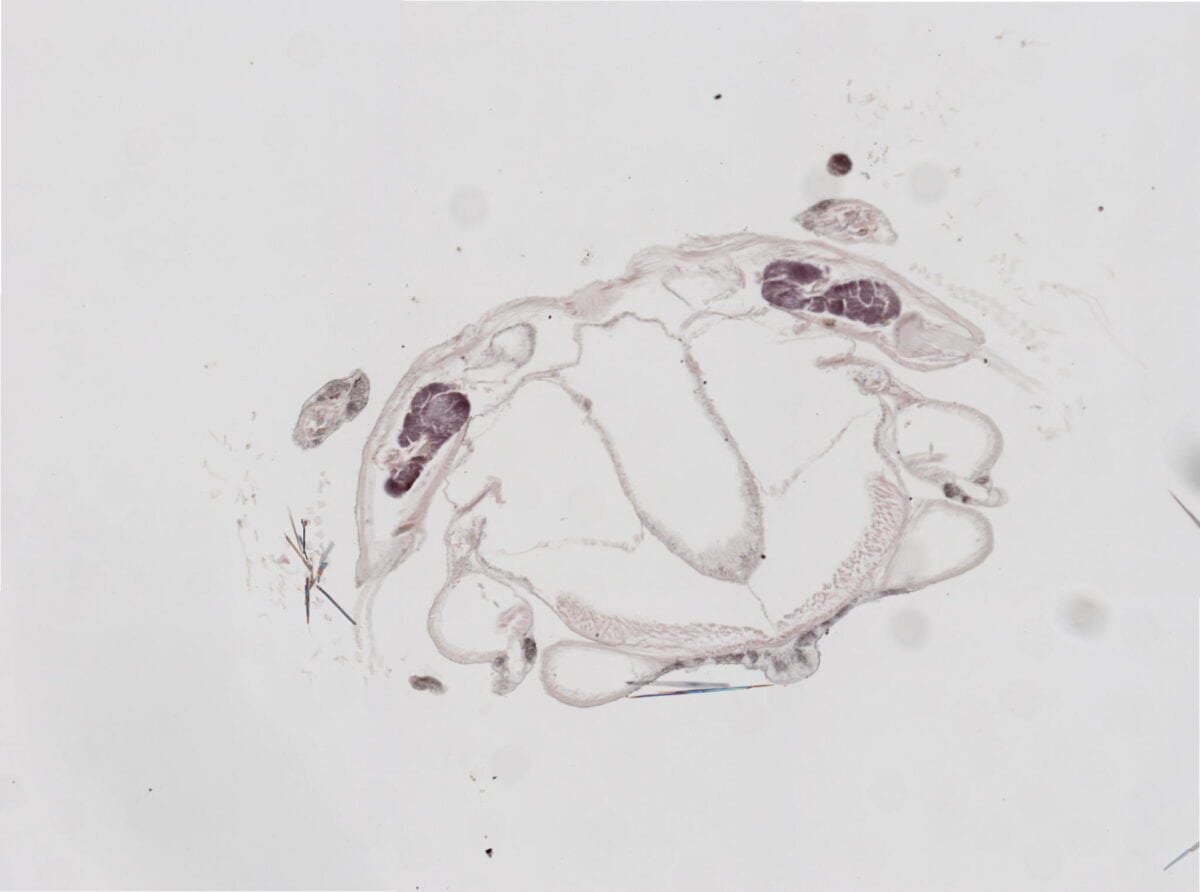
The Bermuda fireworm stands as one of nature’s most remarkable examples of precision, synchronicity, and evolutionary adaptation. Through their mesmerizing bioluminescent displays, these small marine creatures have captivated observers for centuries while contributing to our scientific understanding of biological rhythms, light production, and reproductive strategies. Their ability to synchronize complex behaviors with lunar cycles represents one of the most precise biological timekeeping mechanisms known to science, making them living chronometers of the marine world. As research continues to unlock the secrets of their bioluminescent chemistry and chronobiology, the Bermuda fireworm reminds us that even small, seemingly insignificant creatures can possess extraordinary capabilities that inspire both scientific discovery and wonder at the natural world.
- These Sea Creatures Can Survive Without a Brain - August 18, 2025
- This U.S. Park Has the Most Wild Wolves - August 18, 2025
- What Bears Eat Throughout the Year—and Why It Changes - August 18, 2025

